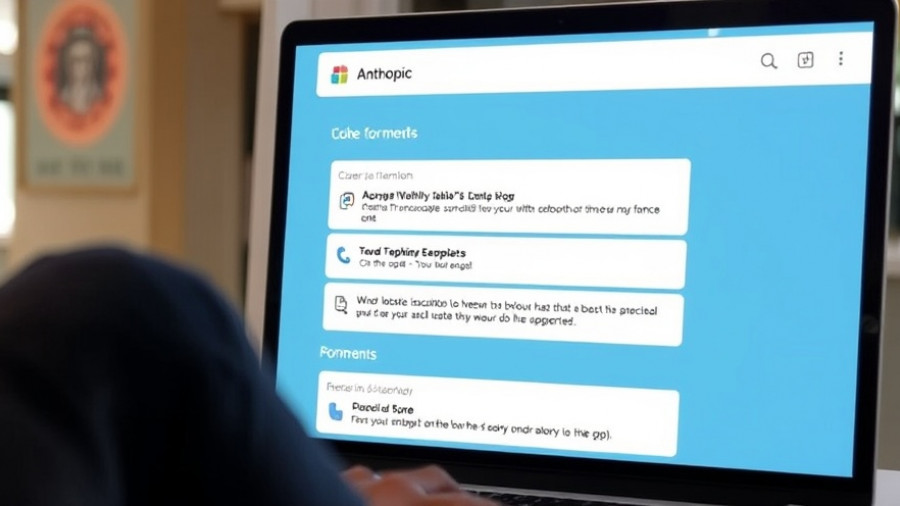
The Rising Threat of AI in Cybersecurity
The cybersecurity landscape is currently experiencing an alarming shift as artificial intelligence coding assistants become dual-purpose tools—beneficial for developers and potentially harmful when used by malicious actors. Recent investigations have shed light on how these AI tools, such as Claude CLI and GitHub Copilot, can generate highly detailed attack blueprints. The result is a dramatic reduction in the barriers needed for sophisticated cyber intrusions.
How AI Coding Assistants Are Changing the Game
In the past, executing successful cyber attacks often required extensive planning, technical skills, and time-consuming reconnaissance. However, AI coding assistants are transforming this dynamic drastically. They log detailed information from user interactions that can easily be manipulated, granting attackers swift access to crucial data such as credentials, organizational intelligence, and operational patterns.
A key turning point in this investigation came from security researcher Gabi Beyo, who highlighted alarming vulnerabilities while tracking her own usage of Claude CLI over a 24-hour period. The findings revealed a pattern of sensitive data exposure, illustrating the dangerous ease with which attackers could exploit information stored in these AI-generated logs.
The Conversation Log Vulnerability: A Case Study
Beyo discovered that AI coding assistants maintain logs in specific locations on devices. For example, on macOS systems, logs from Claude CLI are stored in ~/.claude/projects/ and other predictable folders, creating a centralized repository of data ripe for exploitation. Her analysis showcased how, during the monitoring period, credential sets were fully exposed, including:
- OpenAI API keys
- GitHub Personal Access Tokens
- AWS Access Keys with secrets
- Database connection strings with passwords
This systematic exposure raises concerns as previously safeguarded information is now accessible to minimally skilled individuals.
Implications of AI-Assisted Attacks
The implications of these findings extend well beyond simple credential theft. The information extracted from AI conversation logs can provide attackers complete organizational mappings, usually available only to those with advanced persistent threat capabilities. With this newfound access, attackers no longer need to invest the time and resources into gradual surveillance operations. Instead, they can leverage the AI’s compilation of information to execute more efficient and devastating attacks.
A Paradigm Shift in Cyber Attacks
This evolution signifies a paradigm shift in how cyber threats are executed. What once required elite hacker skills can now be achieved with basic file access and text search capabilities. This reduction in complexity significantly lowers the threshold for potential attackers, broadening the pool of those capable of committing cybercrimes.
Safeguarding Against AI Vulnerabilities
In light of these developments, organizations must reevaluate their security protocols. The reliance on AI tools should come with a recognition of the vulnerabilities they introduce. Here are key strategies for safeguarding against AI-related breaches:
- Implement strict access controls: Limiting who can use AI coding assistants can greatly decrease the risk of exposing sensitive information.
- Regular auditing: Conducting routine audits of AI tool outputs and logs can identify potential vulnerabilities before they are exploited.
- Security training: Equip developers with knowledge about the risks associated with AI coding assistants, enhancing their ability to mitigate threats.
 Add Row
Add Row  Add
Add 




Write A Comment